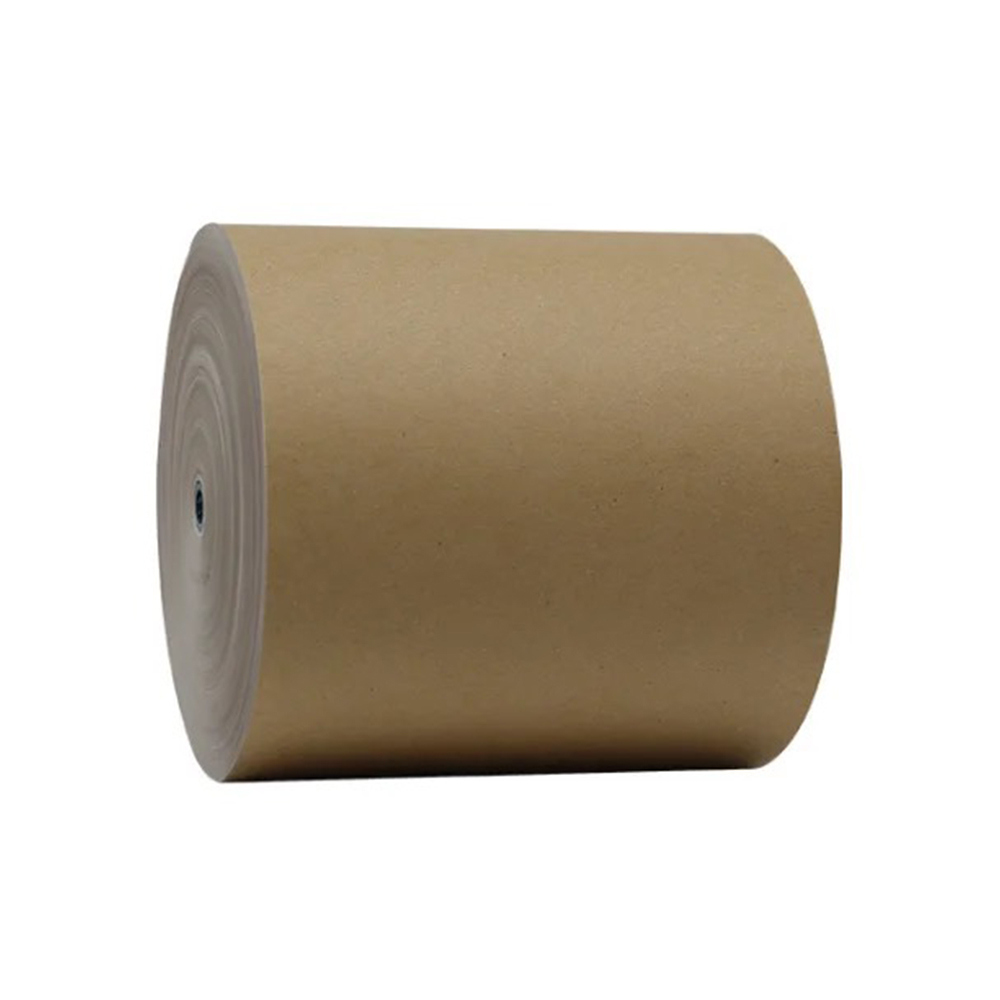During the manufacturing process, ensuring the uniformity and adhesion of PLA Coated Paper is one of the key links. This directly affects the performance, appearance and service life of the product. The following is a detailed discussion of how to achieve this goal from the aspects of process control, material selection and quality inspection:
Process control
Precise control of coating thickness
Use advanced coating equipment (such as blade coater or roller coater) to ensure that the thickness of PLA coating on the paper surface is uniform.
Optimize coating distribution by adjusting parameters such as coating speed, pressure and coating liquid concentration.
Regularly calibrate coating equipment to reduce uneven thickness caused by mechanical errors.
Coating temperature management
PLA material is sensitive to temperature. Too high temperature may increase the fluidity of the coating and affect uniformity, while too low temperature may reduce the bonding strength of the coating with the paper.
During the coating process, maintain a constant and appropriate temperature range (usually 40-60°C) to ensure that the PLA coating can fully flow and evenly adhere to the paper surface.
Drying process optimization
The drying process after coating requires strict control of temperature and time to avoid cracking or decreased adhesion of the coating due to too fast or too slow drying.
Use a segmented drying system to gradually increase the temperature to reduce the impact of thermal stress on the coating.
Material selection
PLA material quality
Select high-purity, low-volatility PLA particles or solutions to reduce the impact of impurities on coating uniformity and adhesion.
Select PLA materials with different melt indexes (MFI) according to specific application requirements to balance the fluidity and strength of the coating.
Selection of paper substrate
The smoothness and water absorption of the paper surface directly affect the adhesion of the PLA coating. Selecting pre-treated paper (such as sizing or calendering) can improve the adhesion of the coating.
For special purposes, functional paper (such as waterproof paper or high-temperature resistant paper) can be used as a substrate to further improve product performance.
Application of additives

Adding an appropriate amount of tackifier (such as polyurethane compounds) or coupling agent (such as silane coupling agent) to the PLA coating can significantly improve the adhesion between the coating and the paper.
Add leveling agent or defoamer to improve the fluidity and flatness of the coating and reduce bubbles or streaks.
Quality inspection
Coating uniformity inspection
Use optical inspection equipment (such as online thickness gauge) to monitor the thickness and distribution of the coating in real time, and promptly detect and adjust uneven areas.
Observe the microstructure of the coating surface through a microscope to evaluate its flatness and density.
Adhesion test
Use standard adhesion test methods (such as cross-cut method or peel test) to evaluate the bonding strength between PLA coating and paper.
Perform simulation tests (such as bending, folding or stretching) under actual use conditions to verify whether the adhesion of the coating meets the requirements.
Functional test
Test the finished product for water resistance, heat resistance and permeability resistance to ensure that the various properties of the coating meet the design standards.
According to environmental protection requirements, biodegradability and toxicity tests are carried out to ensure that the product complies with relevant regulations.
Common problems and solutions
Uneven coating
Causes: Failure of coating equipment, excessive concentration of coating liquid or unstable coating speed.
Solution: Regularly maintain equipment, optimize coating liquid formula, and maintain stable coating parameters.
Insufficient adhesion
Reason: Improper surface treatment of paper, poor compatibility of PLA material with paper, or incomplete curing of coating.
Solution: Pre-treat the paper (such as corona treatment or gluing), select suitable PLA material, and ensure that the coating is fully dried.
Coating cracking or peeling
Reason: Drying temperature is too high, coating is too thick, or paper substrate quality is poor.
Solution: Optimize the drying process, control coating thickness, and select high-quality paper substrate.
Ensuring the uniformity and adhesion of PLA coated paper requires multiple aspects such as process control, material selection, and quality inspection. By accurately controlling coating thickness, optimizing drying conditions, selecting suitable PLA materials and paper substrates, and combining scientific quality inspection methods, the performance and stability of the product can be effectively improved. In addition, taking targeted solutions to common problems can further improve production efficiency and product quality. This comprehensive approach not only helps to meet market demand, but also promotes the widespread application of PLA coated paper in the field of environmentally friendly packaging.













 English
English 中文简体
中文简体 عربى
عربى

